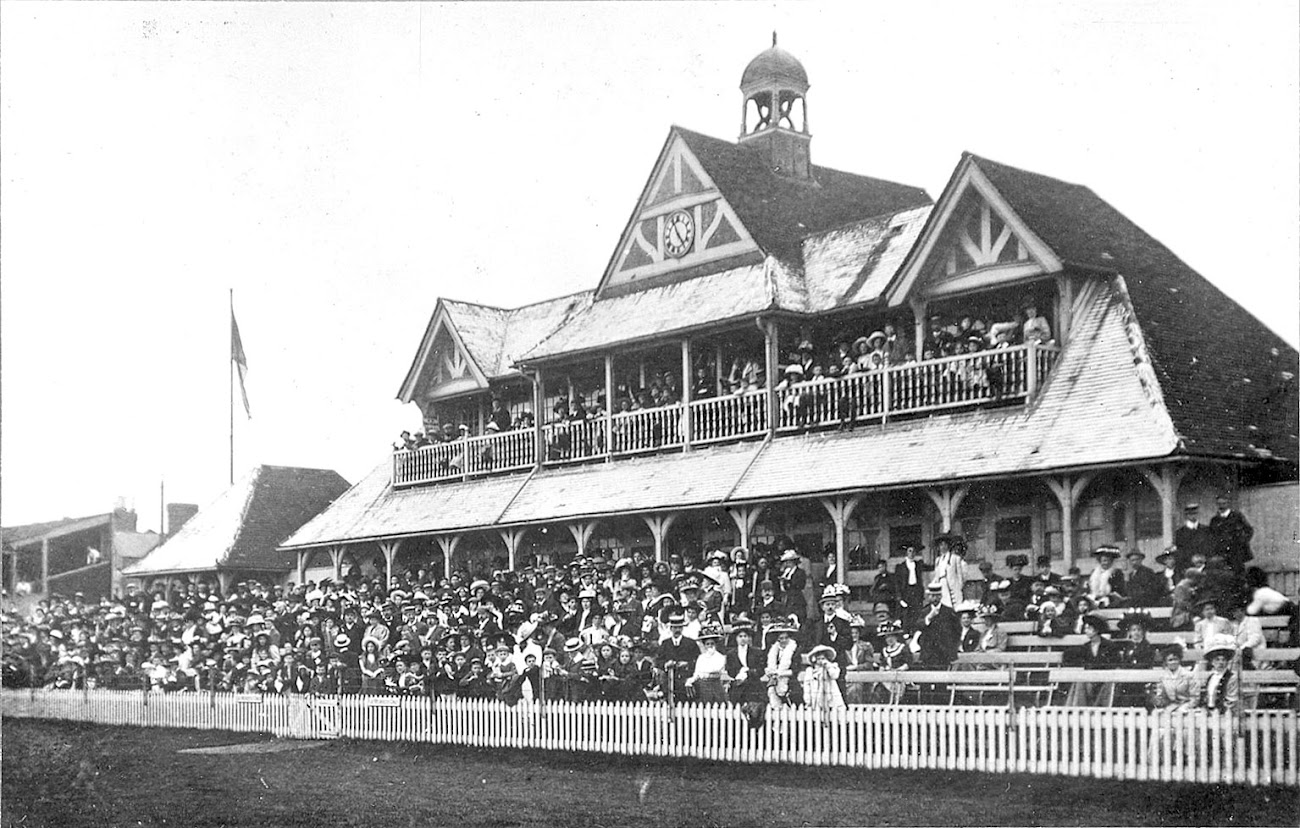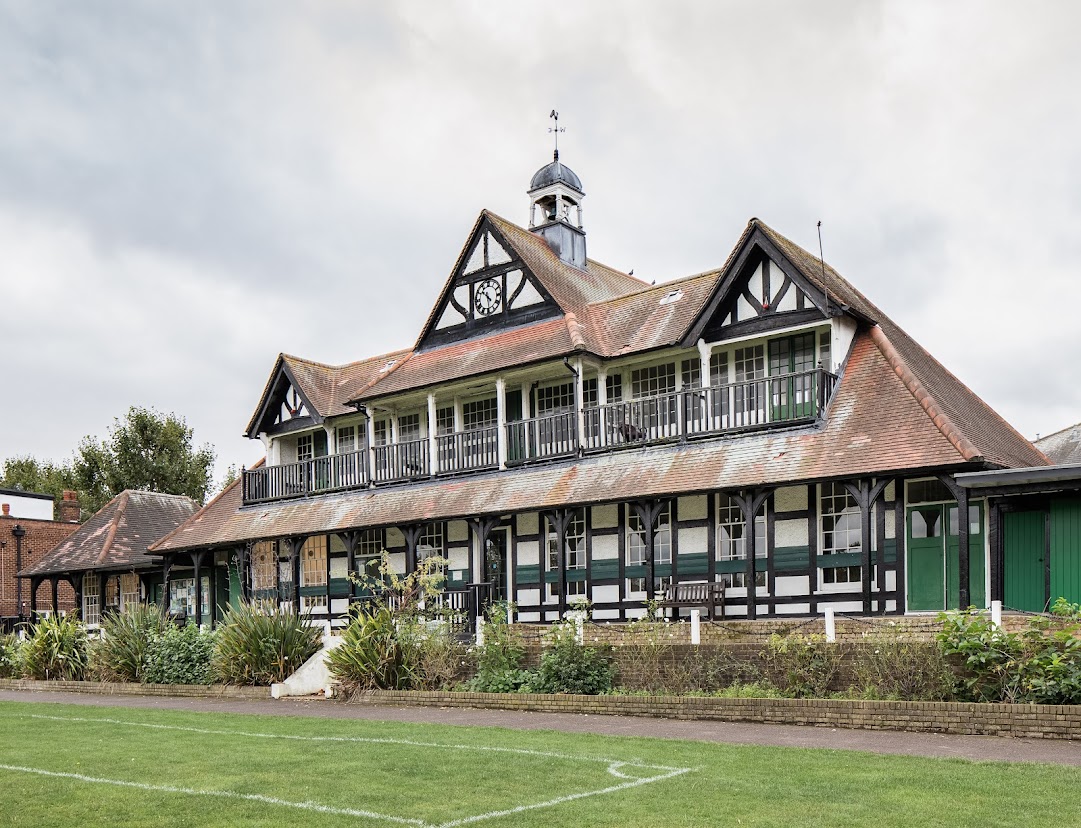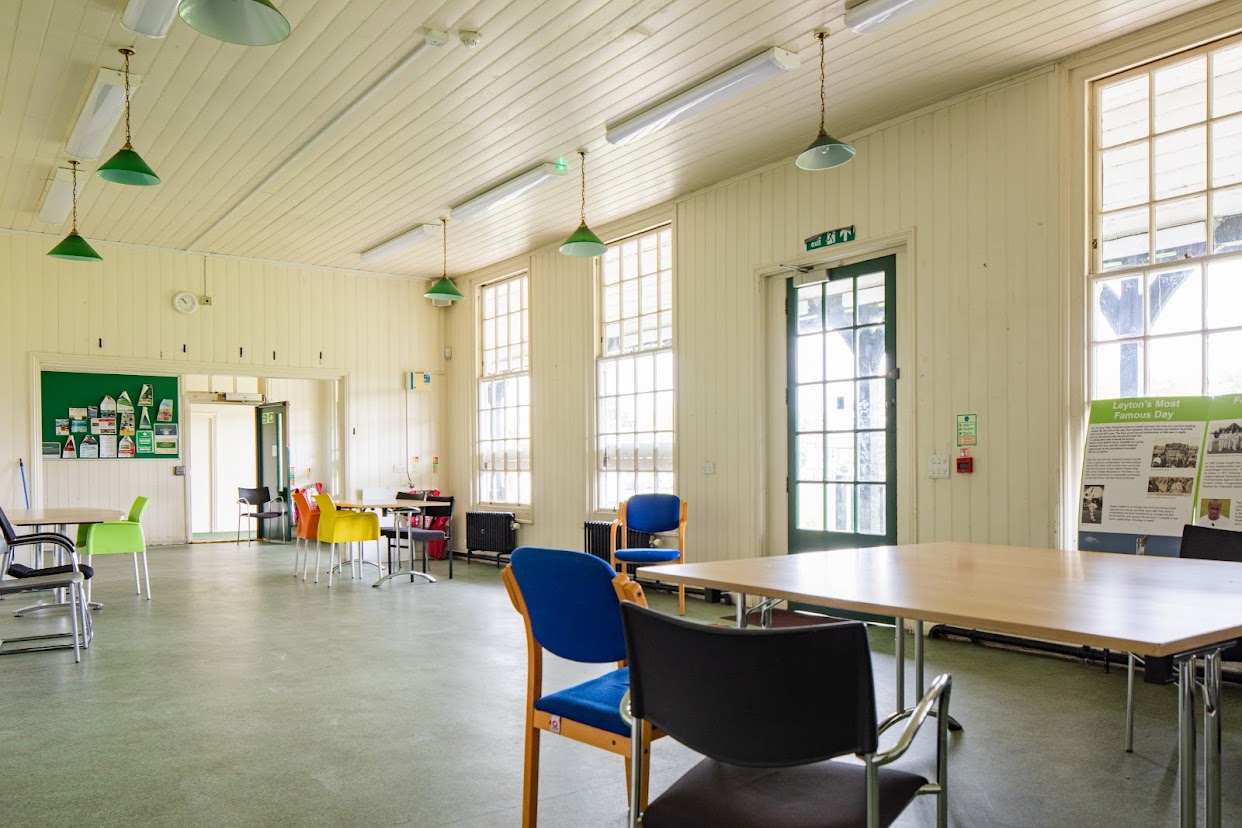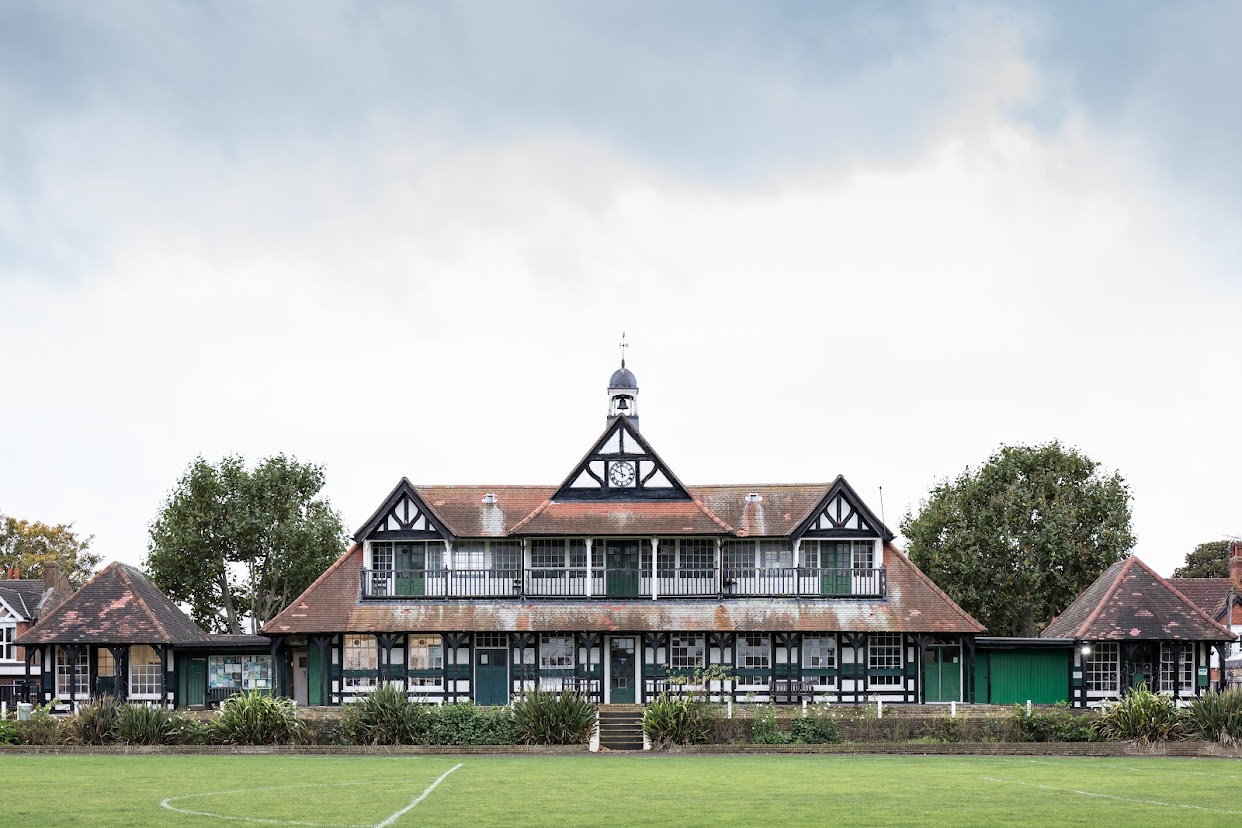And now for some encouraging architectural news. Today, Historic England publishes its annual Heritage at Risk Register for 2021, the yearly health-check of England’s most valued historic places – and those most at risk.
Across the country dedicated charities, owners, local councils and communities have worked together with the public body to see places restored, re-used and brought back to life, despite the challenges wrought by the Covid-19 pandemic over the past 18 months.
This means that over the last year, for example, 32 historic buildings and sites in London have actually been removed from the register. One of these is the iconic Grade II-listed Battersea Power Station which, after 30 years at risk, now has a grand reopening next year.

But 18 sites in London have been added to the register because of concerns about their condition – and their increased neglect, decay or potential for inappropriate development.
LOCAL ADVERTISING
This includes the incredibly under-valued Victorian Pavilion at Leyton County Cricket Ground, for some years mooted to be developed into foodie hub and market (this particular dream hit the rocks last year, alas).

At least now the pavilion, which has seen better days – see the interior shot below for evidence – can look forward to repairs and plans for restoration.
Built in 1886 for the Essex County Cricket Club, the county played its first-class debut against Leicester at the ground in 1895, and it was the headquarters and home venue of the club until 1933 when they relocated to Chelmsford.

Waltham Forest Council is, apparently, developing a restoration plan for the Grade II-listed building so that it can be brought back into use. Urgent repair works to both the interior and exterior has already been carried out, and the central clock fixed.
So what will the future of one of the neighbourhood’s finest piles hold? Time will tell, although let’s hope those original plans have not been shelved, as it’s the perfect location for such an exciting concept.
And while we’re at it, how about a simple concrete path looping round the whole grounds so locals can use it to exercise throughout the year? It’s a rare green space in this part of E10, after all.
Follow @historicengland for the latest on the Heritage At Risk register. Main image: Historic England.
Please support us if you can
We may have just reached our 6th birthday, and have a bigger audience and social media following than ever before, but due to advertising revenues in freefall both Leytonstoner and our small network of independent online titles is under threat. As readers we need your support more than ever to keep delivering ‘good-news’ cultural stories that celebrate our wonderful neighbourhoods. Every reader or business contribution, however big or small, is invaluable in helping the costs of running the website and the time invested in the research and writing of the articles published. Support Leytonstoner here for less than the price of a coffee and it only takes a minute. Thank you.


